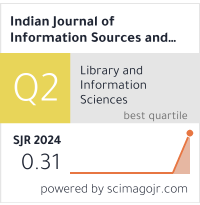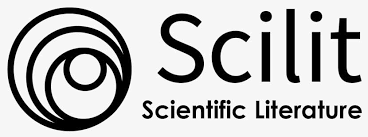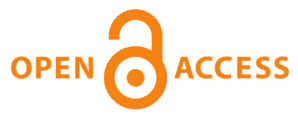Children’s Literature: A Tool to Enrich Learning in the Elementary School
DOI:
https://doi.org/10.51983/ijiss.2020.10.2.486Keywords:
Children’s Literature, Elementary School, Creativity, Critical Thinking, AttitudesAbstract
Children’s Literature (CL) has been identified as an effective tool to develop essential competencies such as creativity and critical thinking in the young learners. Although Literature has been given a prominent place in Sri Lanka, CL has been limited to reading for pleasure. This case study investigated the impact of CL in the development of creativity, critical thinking and positive attitudes in the Elementary School (ES) children in Sri Lanka. Twenty ES teachers in the state schools in Sri Lanka were interviewed to identify their views on using CL as a learning tool in the classroom. Observations and interviews were conducted on three Fourth-Grade classes to examine the exposure of the students to CL and their perception of the themes in CL. Conclusions were made by evaluating the responses of the students to the CL material used in the classroom. Key findings of the study were; although the ES students had access to story books majority of them were not interested in reading or listening to stories because they were not motivated by their parents or teachers; ES teachers were unaware of the techniques of using CL for skill development; many popular CL have unconsciously inculcated negative attitudes in the students; themes in many CL were more suitable for adults than the children; responses of the ES students to CL displayed their creativity and critical thinking ability as well as their values and attitudes; Children have an innate ability for creativity and critical thinking which can be developed with the correct guidance of the teachers and adults. Finally the data emerged from the study revealed the effectiveness of CL as a learning tool to develop skills of ES students.
References
Audsley, S. M. (April, 2019). Why study children’s literature. Retrieved from http://www.masterstudies.com/article/why-study-children’s-literature/
Baumann, J. F., & Bergeron, B. S. (1993). Story map instruction using children’s literature: Effects on first graders’ comprehension of central narrative elements. Journal of Reading Behaviour, 25(4), 407-437.
Blend, J. (2013). Children’s Literature and Learner Empowerment: Children and Teenagers in English Language Education. Bloomsbury Publishing. London.
Bradbery, D. (2012). Using children’s literature to build concepts of teaching about global citizenship. Retrieved from http://files.eric.ed.gov/fulltext/ED544512.pdf
Bryant, W. (2017). At the intersection of creativity and critical thinking. Retrieved from https://www.gettingsmart.com/2017/11/at-the-intersection-of-creativity-and-critical-thinking/
Crippen, M. (2012). The value of children’s literature. Oneota Reading Journal. Retrieved from https://www.luther.edu/oneota-reading-journal/
Heath, M., & Young, E. L. (October, 2017). Using children’s literature to strengthen social and emotional learning. School Psychology International, 38(5), 541-561.
Liu, W., & Yang, P. (2017). The role of English language and literature in cultivating students’ language skills. Advances in Computer Science Research (ACSR). Atlantis Press.
Magulod, G. C. (2018). Innovative learning tasks in enhancing the literary appreciation skills of students. SAGE Journals. Retrieved from http://doi.org/o.1177/2158244018820382
Norton, D., & Norton S. (2010). Through the Eyes of a Child: An Introduction to Children’s Literature (8th ed.). Boston, MA.
O’Sullivan, S. (2004). Books to live by: Using children’s literature for character education. The Reading Teacher, 57(7), 640-645.
Lancia, P. J. (1997). Literary borrowing: The effects of literature on children’s writing. The Reading Teacher, 50(6), 470-475.
Netto, S., & Jo, A. (2017). Developing creative & critical thinking in young learners. Retrieved from https://www.researchgate.net/publication/316802744_Developing_Creative_Critical_Thinking_in_Young_Learners
Prants, M. (2009). The Value of Children’s Literature. Retrieved from http://www.scribd.com
The Report of the Institute of Medicine and National Research Council. (2015). The National Academies of Science, Engineering and Medicine. Retrieved from www.nationalacadamies.org/bcyf
Shine, S., & Roser, N. L. (1999). The role of genre in preschoolers’ response to picture books. Research in the Teaching of English, 34(2), 197-254.
Downloads
Published
How to Cite
Issue
Section
License
Copyright (c) 2020 The Research Publication

This work is licensed under a Creative Commons Attribution-NonCommercial-NoDerivatives 4.0 International License.









